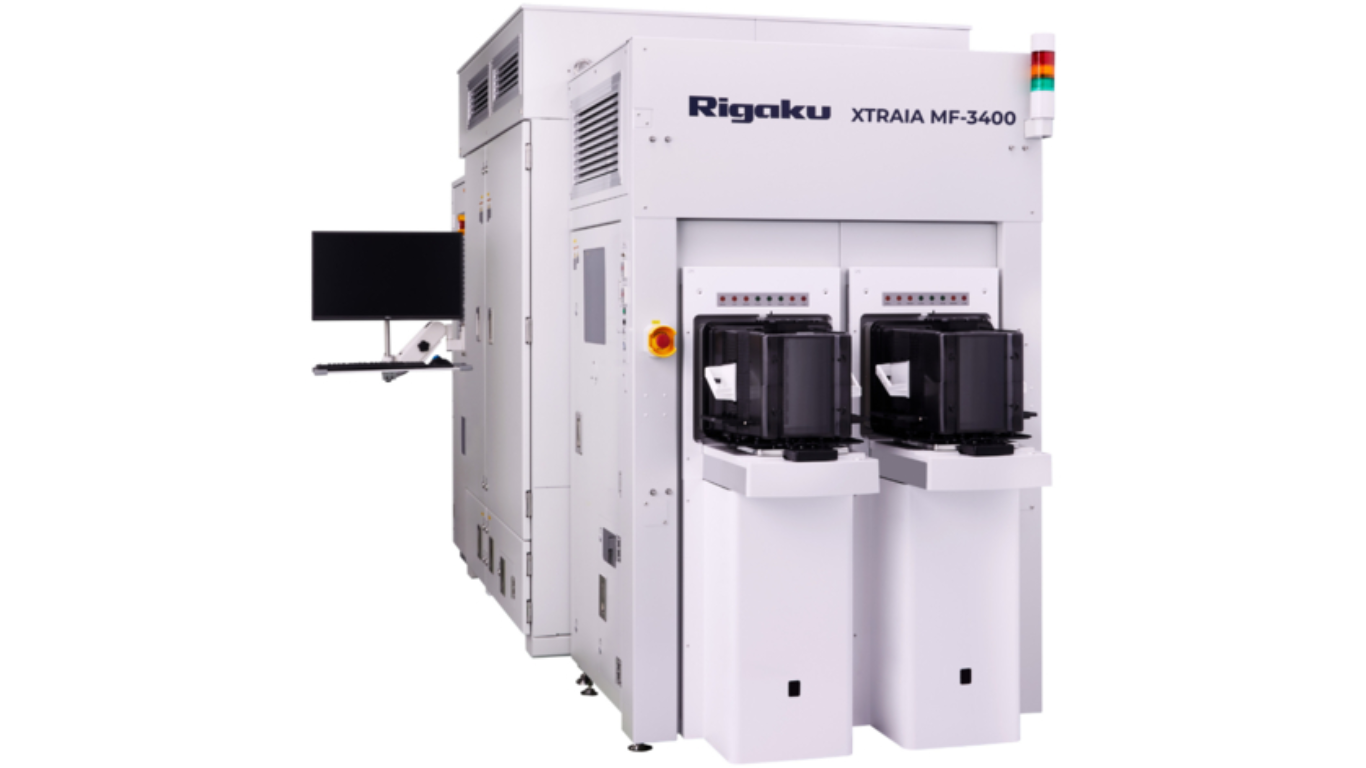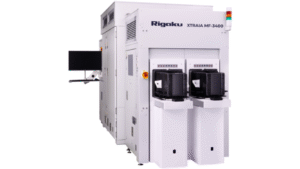In today’s competitive manufacturing environment, small and mid-sized enterprises (SMEs) are under pressure to deliver high-quality results with limited resources. Traditional welding methods often involve bulky infrastructure, extensive maintenance, and higher operational costs. That’s why many shops are now turning to the air cooled laser welding machine as a game-changing solution.
These compact systems are making precision welding more accessible, affordable, and efficient for smaller workshops. By eliminating complex water-cooling infrastructure, they open new opportunities for small-scale manufacturers to improve weld quality, reduce costs, and expand into new applications.
Air-Cooled vs. Water-Cooled: Core Differences
Cooling Mechanisms & Heat Dissipation
Air-cooled machines rely on fans and heat sinks to dissipate heat, while water-cooled systems use liquid coolant circulation with pumps and chillers. Air cooling simplifies operation, but water cooling supports higher power and sustained usage.
Power & Duty Cycle Constraints
- Air-cooled units: Best for lower- to mid-power applications (generally below 1–2 kW).
- Water-cooled units: Suited for heavy-duty welding with long, continuous cycles.
Cost, Maintenance, & Simplicity
Air-cooled systems require less maintenance, no coolant checks, and have a lower upfront investment since they eliminate expensive chillers and piping systems.
Key Advantages for Small-Scale & Workshop Use
Compactness, Portability, & Footprint
With no bulky chiller tanks, these machines are lighter, smaller, and easier to move—a major advantage for workshops with limited floor space.
Simplified Operation & Reduced Downtime
Operators benefit from:
- Fewer maintenance checks
- Built-in sensors that adjust fan speed automatically
- Reduced risk of leaks, pump failures, or coolant contamination
Energy Efficiency & Running Cost Savings
No chiller means lower electricity consumption, which reduces long-term operating costs while keeping the machine more eco-friendly.
Adequate for Light-Duty Applications
Air-cooled welders perform exceptionally well for:
- Thin metal sheets
- Furniture parts, signage, and appliance components
- Repair work, jewelry, and prototyping
Limitations & Design Considerations
While air-cooled systems excel in flexibility and cost-effectiveness, it’s important to note their constraints:
- Thermal load sensitivity: Continuous, high-power use can lead to overheating if ventilation is poor.
- Power ceiling: Not suitable for very thick or industrial-scale welding jobs.
- Noise & airflow: Fans generate noise and require clean airflow to avoid dust-related issues.
For best performance, ensure your workspace has good ventilation and keep fan filters clean.
Best Practices & Implementation Strategies
To maximize the efficiency of your air cooled laser welding machine:
- Match the machine’s power rating to your primary tasks.
- Maintain good airflow in the workshop to assist cooling.
- Follow duty cycles recommended by the manufacturer to prevent overheating.
- Regularly clean filters and fans to maintain cooling efficiency.
- Use lightweight, modular fixtures to reduce heat buildup during welding.
Impact & Case Use in Small-Scale Manufacturing
Air-cooled systems are enabling a new wave of innovation in smaller manufacturing environments:
- Mobile or on-site fabrication: Their portability allows operators to weld directly at customer sites.
- Small-batch production: Ideal for workshops producing custom or limited-run products.
- Creative industries: From signage and art to jewelry and prototypes, these machines make precision welding more accessible.
How Air Cooled Laser Welding Machine by Denaliweld Leverages This Trend
Denaliweld has developed air-cooled welding systems that balance performance with simplicity. Their machines feature:
- Compact design for smaller workshops and mobile use
- Built-in thermal monitoring and power management to ensure consistent weld quality
- Sensor feedback systems that protect against overheating
- A focus on cost efficiency and reliability, making advanced laser welding accessible for SMEs
By combining portability with dependable performance, they ensures small-scale manufacturers can take advantage of laser welding without unnecessary complexity or cost.
Conclusion
The air cooled laser welding machine is transforming how small-scale manufacturers and workshops approach welding. By offering portability, reduced maintenance, and lower operating costs, these machines strike the perfect balance between performance and practicality.
While they may not replace water-cooled systems in heavy-duty industries, for many small-scale applications, air-cooled systems provide an ideal solution. With forward-thinking providers, small manufacturers can embrace the future of laser welding—efficient, compact, and accessible.






























